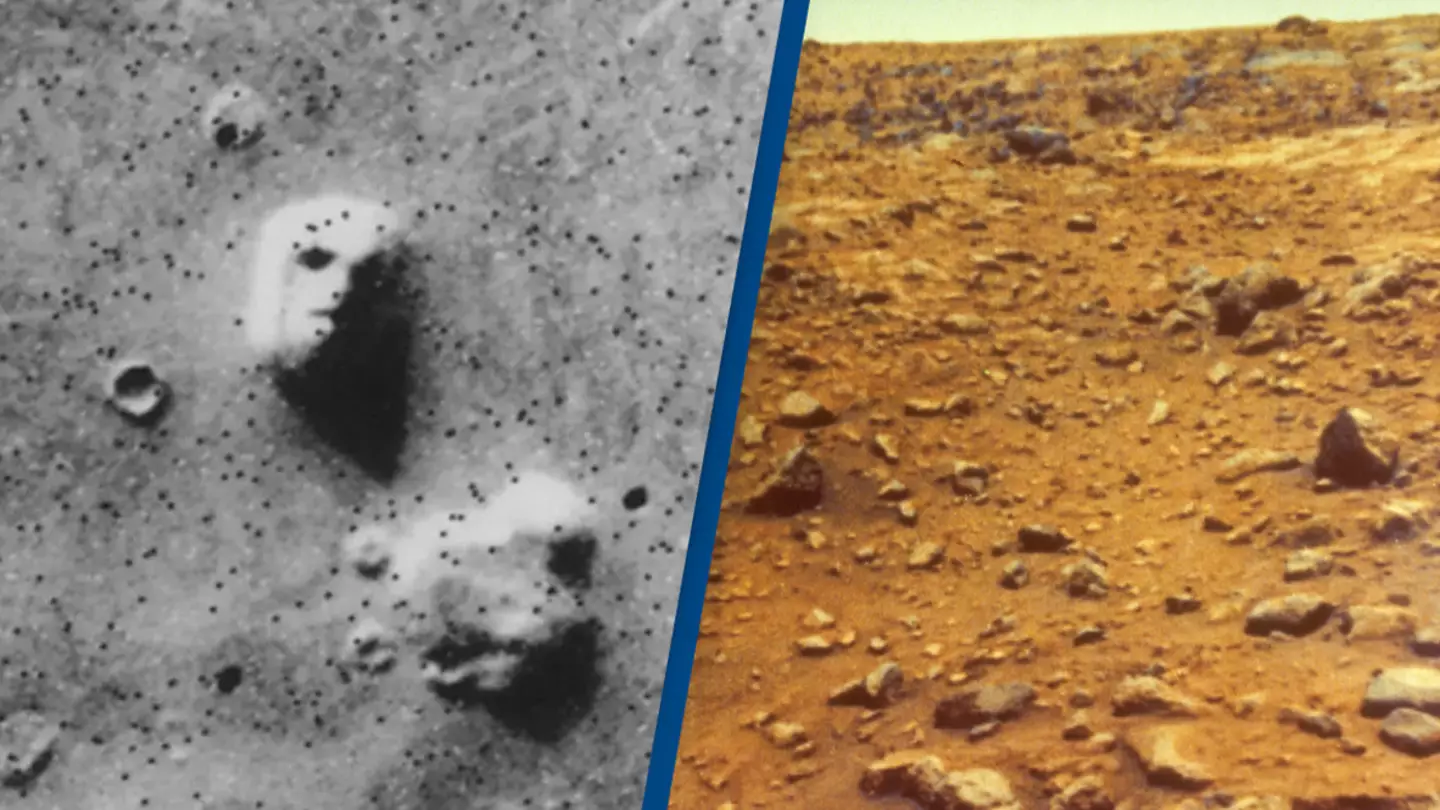The first spacecraft to land on Mars captured a chilling photo which some believe is proof that life really existed on the Red Planet.
The thought of lifeforms on another planet is, quite frankly, terrifying.
Back in 1976, NASA’s Viking 1 spacecraft was taking photos of Mars to find a possible landing site for sister ship Viking 2.
The Viking 1 lander took the first-ever photograph from the surface of Mars on July 20 of that same year.
Five days later, it captured the ‘Face of Mars’ which NASA describes as a ‘shadowy likeness of a human face’.
Take a look for yourself below.
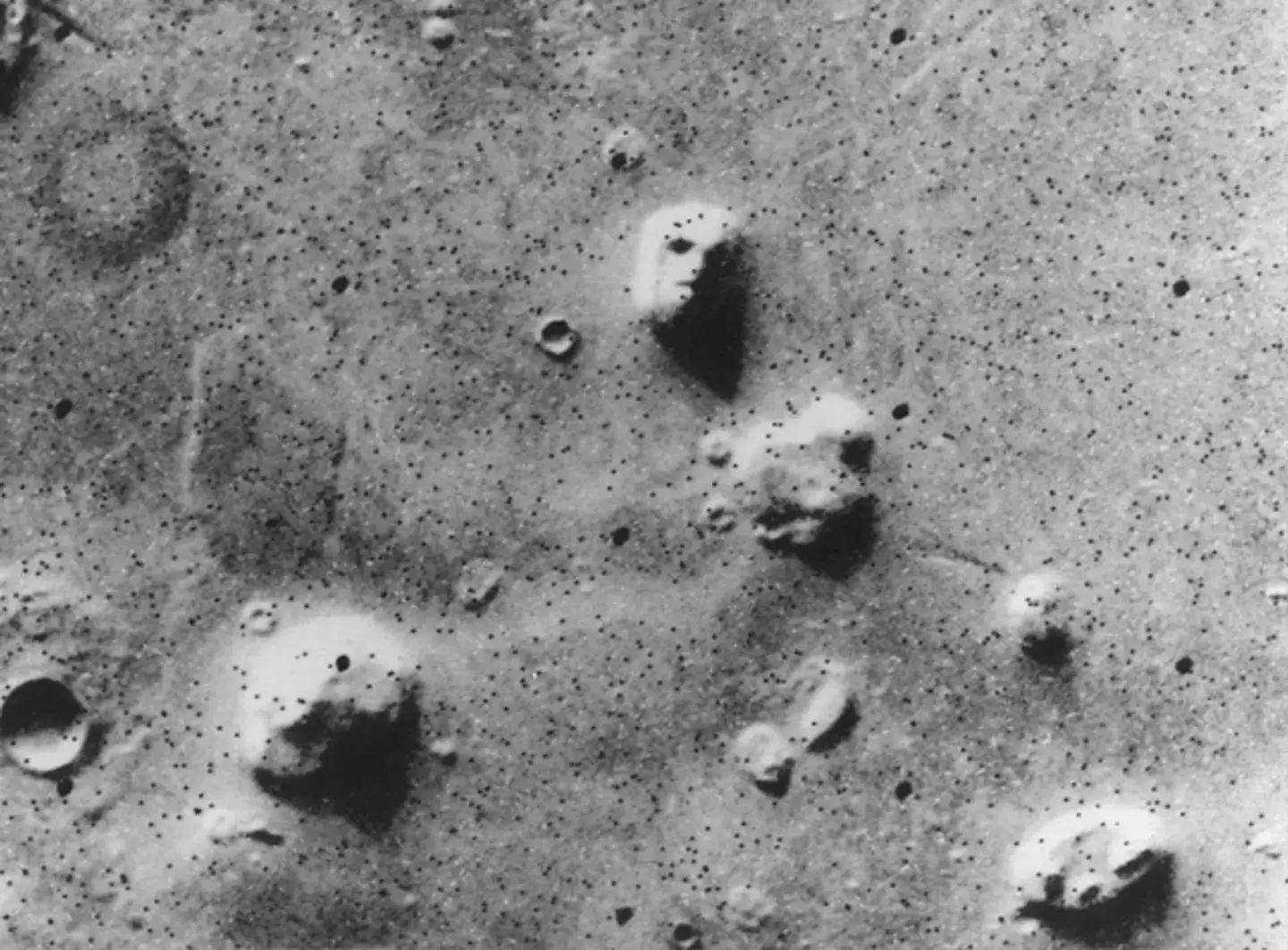
The ‘Face of Mars’ captured by Viking 1 in July 1976 (NASA)
Pretty creepy, isn’t it?
The ‘enormous head’ was almost two miles from end to end and seemed to be staring back at the cameras from a region of the Red Planet called Cydonia, NASA’s website explains.
Shadows in the photo over the huge rock formation gave the illusion of an eye, nose and mouth. Space fans were in awe when the photo was released days later.
NASA had hoped that the picture would be ‘a good way to engage the public and attract attention to Mars’.
The company explained: “Some people think the Face is bona fide evidence of life on Mars – evidence that NASA would rather hide, say conspiracy theorists. Meanwhile, defenders of the NASA budget wish there was an ancient civilization on Mars.”
.jpg)
Viking I captured the first photos of the surface of Mars in 1976 (Bettmann/Getty Images)
Like most things in life, the reality behind the face is somewhat disappointing.
NASA’s website explains: “The speckled appearance of the image is due to missing data, called bit errors, caused by problems in transmission of the photographic data from Mars to Earth. Bit errors comprise part of one of the ‘eyes’ and ‘nostrils’ on the eroded rock that resembles a human face near the center of the image.”
The rocky formation itself is the Martian equivalent of a butte or a mesa – common landforms around the West of America.
Some years later, on April 5, 1998, Mars Global Surveyor flew over Cydonia for the first time and snapped another photo in the same area as the Face.
And on April 8, 2001, the Mars Global Surveyor returned for a second look. Using ‘absolute maximum resolution,’ the camera captured an even sharper view of the butte.
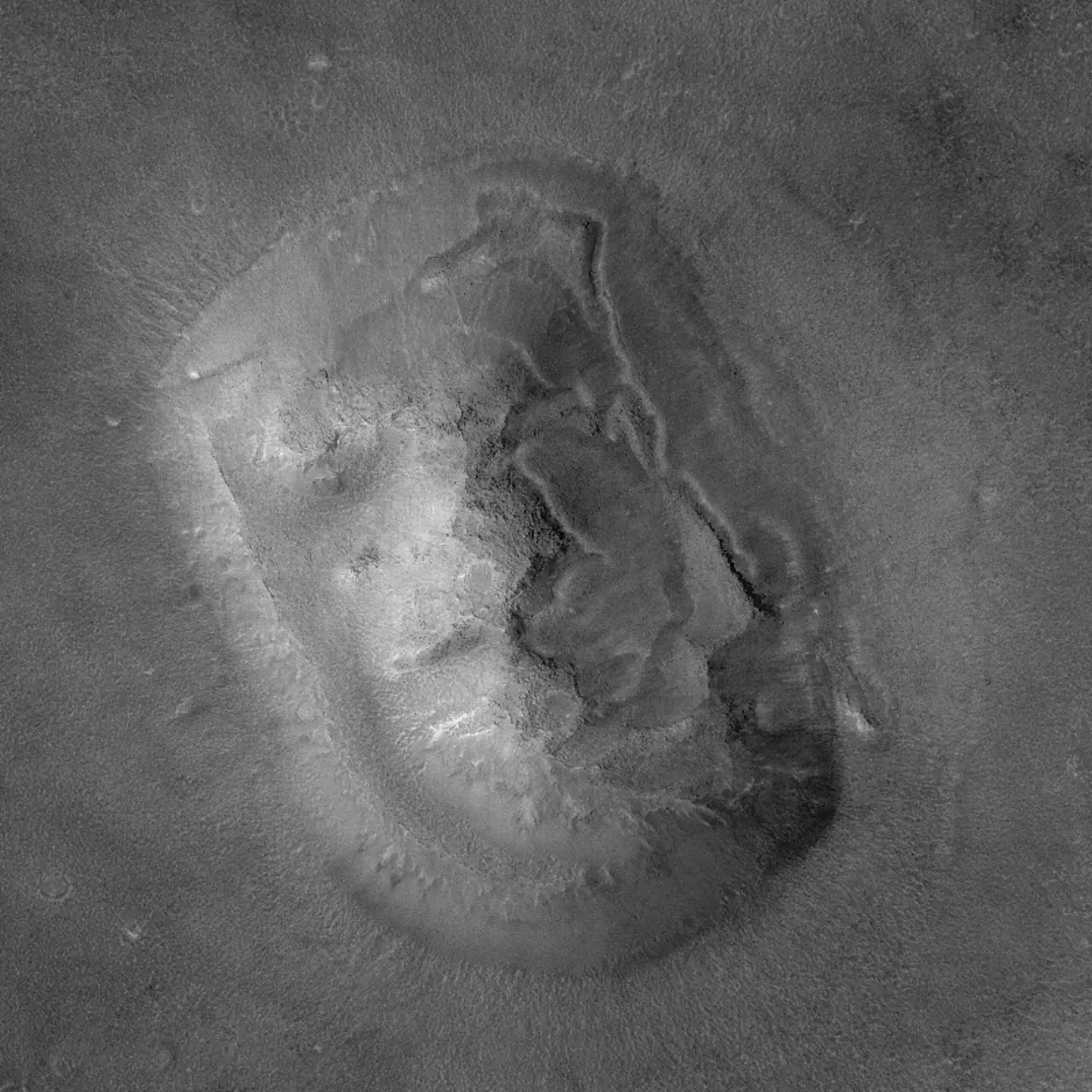
The Cydonia photo taken in 2001 (NASA)
Each pixel in the 2001 image spans 1.56 meters, compared to 43 meters per pixel in the best 1976 Viking photo.
Unfortunately, there was not a face in sight – as you can see in the photo above.
While there might not be a giant rocky face staring at us down from Mars, who’s to say other lifeforms aren’t watching over us right now? We might find out one day!
Conversation
Featured Image Credit: NASA/CORBIS/Corbis via Getty Images
Topics: NASA, Space, Mars, Weird
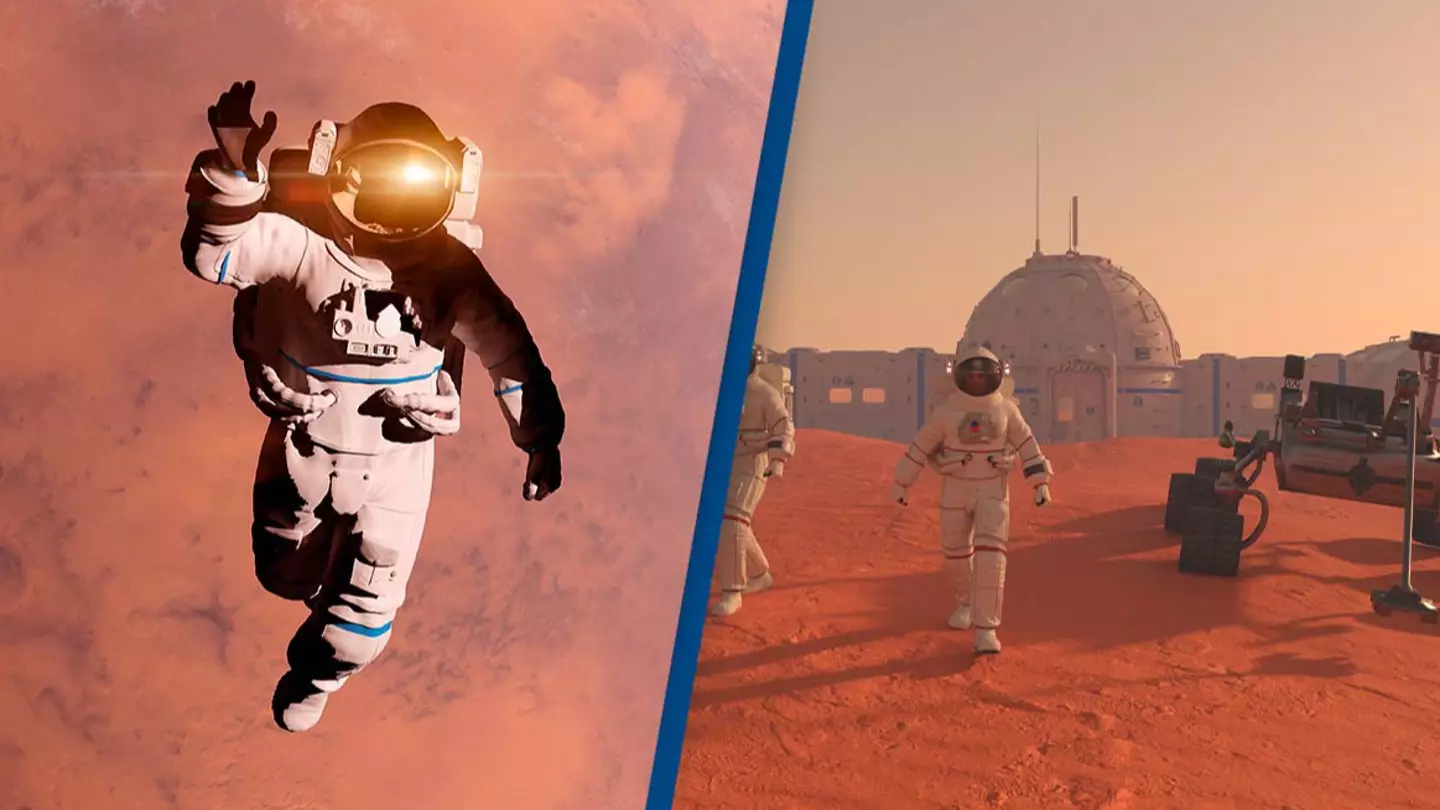
The mission to get humans on Mars could be at risk after new research has shown the effects it can have on the body.
Even though Elon Musk claimed that humans could be flying to Mars within 10-20 years, it seems as though that plan could be at risk after studies have found some major issues.
Samples from more than 40 space missions, involving both humans and mice, have revealed that the conditions in space have adverse reactions on the body.
SpaceX and NASA both have plans to send crewed missions to Mars in the coming decades, but the new findings could come as a real threat.
Scientists at University College London (UCL), who carried out the study, have found that microgravity and galactic radiation from space caused serious health risks that emerge the longer a person is exposed to it.
The main part of the body that is at risk is the kidneys, with the research showing that parts of the kidneys showed signs of shrinkage after less than a month in space.
However, it’s not all bad news for those that fancy a trip into space, as future missions to Mars have not yet been ruled out.
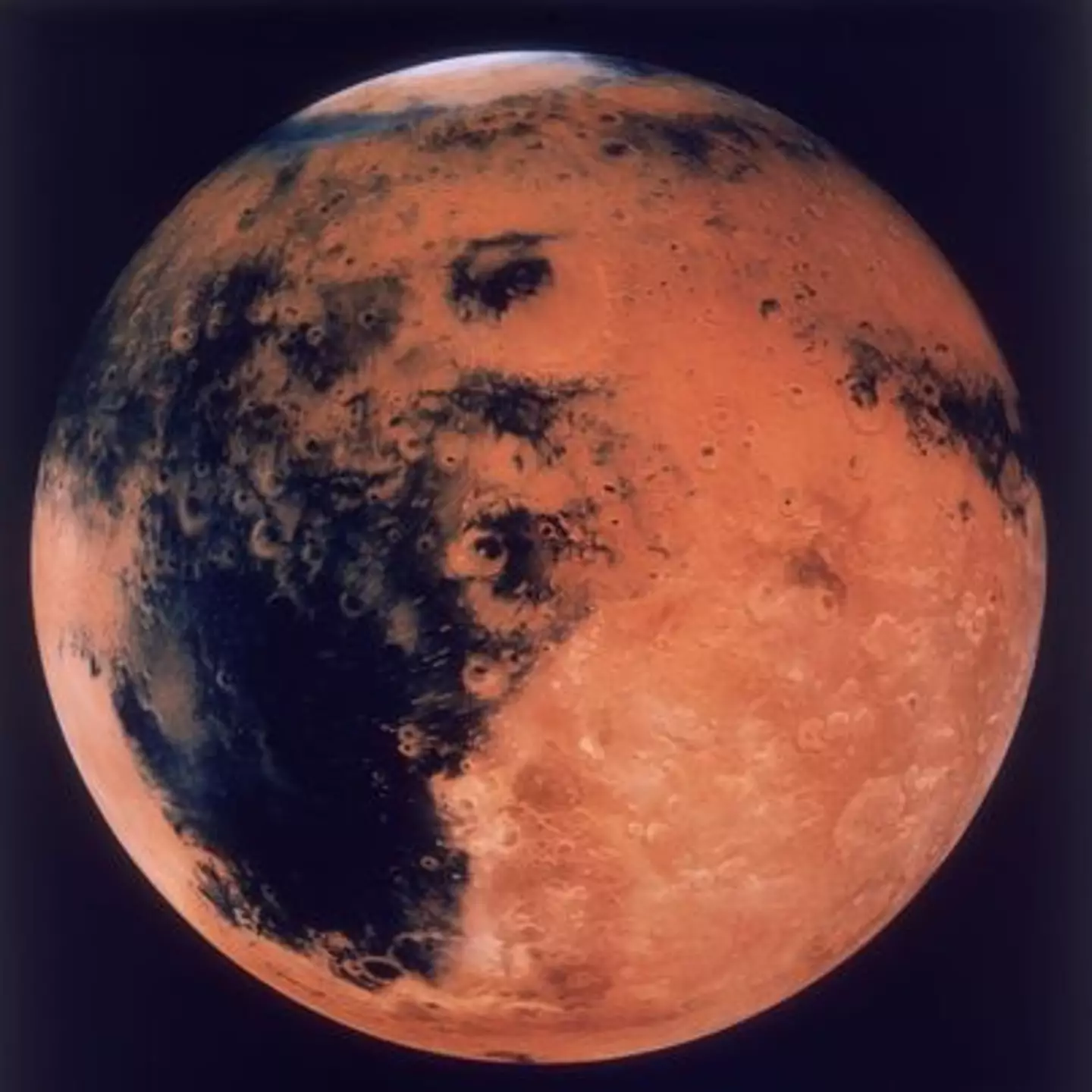
There could be some major health risks for those who plan to travel to Mars. (Space Frontiers/Hulton Archive/Getty Images)
Though scientists have said that measures to protect the kidneys and other major body parts would need to be developed to avoid serious damage to astronauts who choose to go.
Talking to The Independent, Dr. Keith Siew, first author of the study, said: “We know what has happened to astronauts on the relatively short space missions conducted so far, in terms of an increase in health issues such as kidney stones.
“What we don’t know is why these issues occur, nor what is going to happen to astronauts on longer flights such as the proposed mission to Mars.
“If we don’t develop new ways to protect the kidneys, I’d say that while an astronaut could make it to Mars they might need dialysis on the way back.”
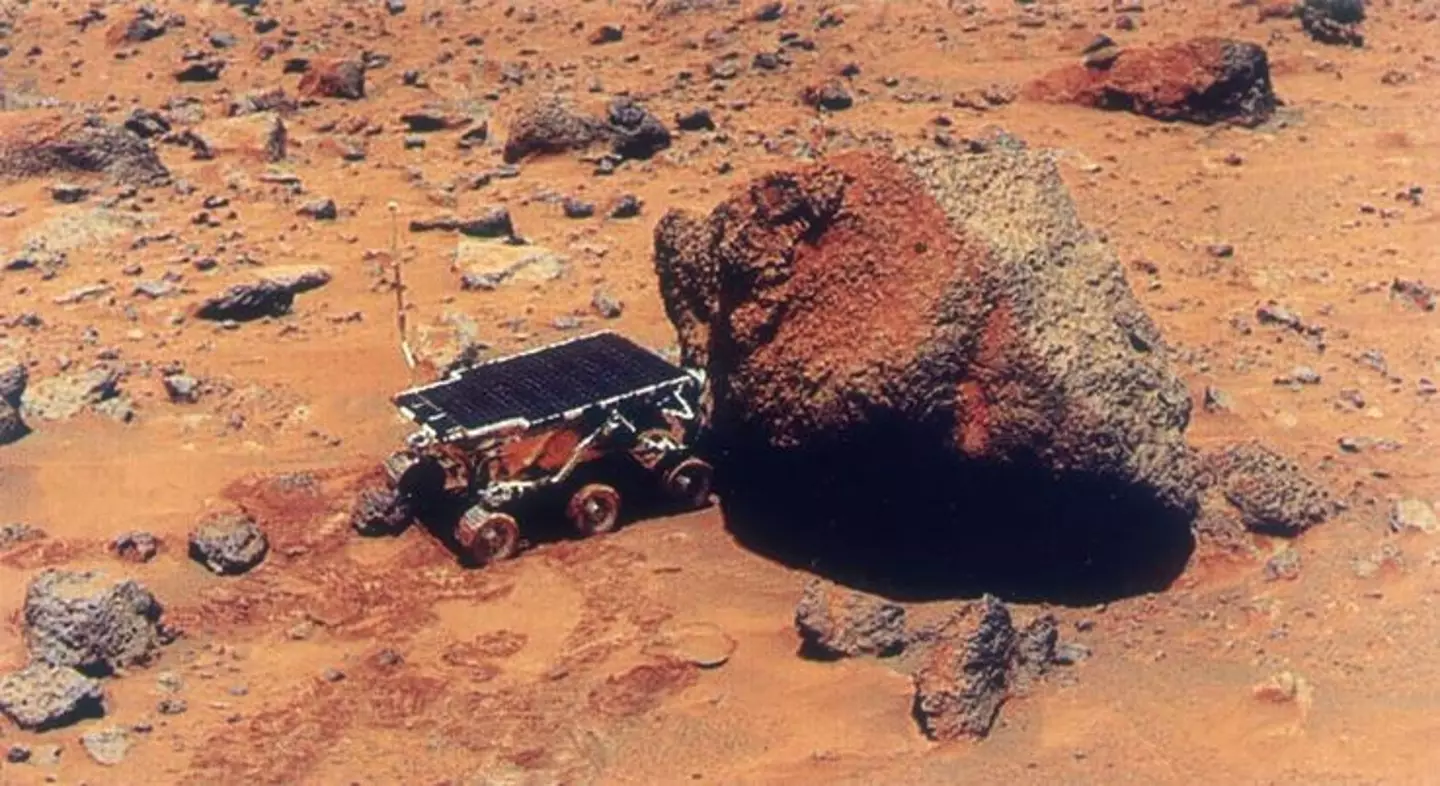
The Sojourner Rover pictured on Mars in 1997. (Space Frontiers/Hulton Archive/Getty Images)
The scientist added: “We know that the kidneys are late to show signs of radiation damage.
“By the time this becomes apparent it’s probably too late to prevent failure, which would be catastrophic for the mission’s chances of success.”
Professors have suggested that despite not being able to protect the kidneys in space by shielding, it may be possible to develop ‘technological or pharmaceutical measures’ to enable astronauts to travel to Mars for extended periods of time.
Featured Image Credit: Getty Stock Images
Topics: Space, NASA, SpaceX, Mars, Elon Musk, Science
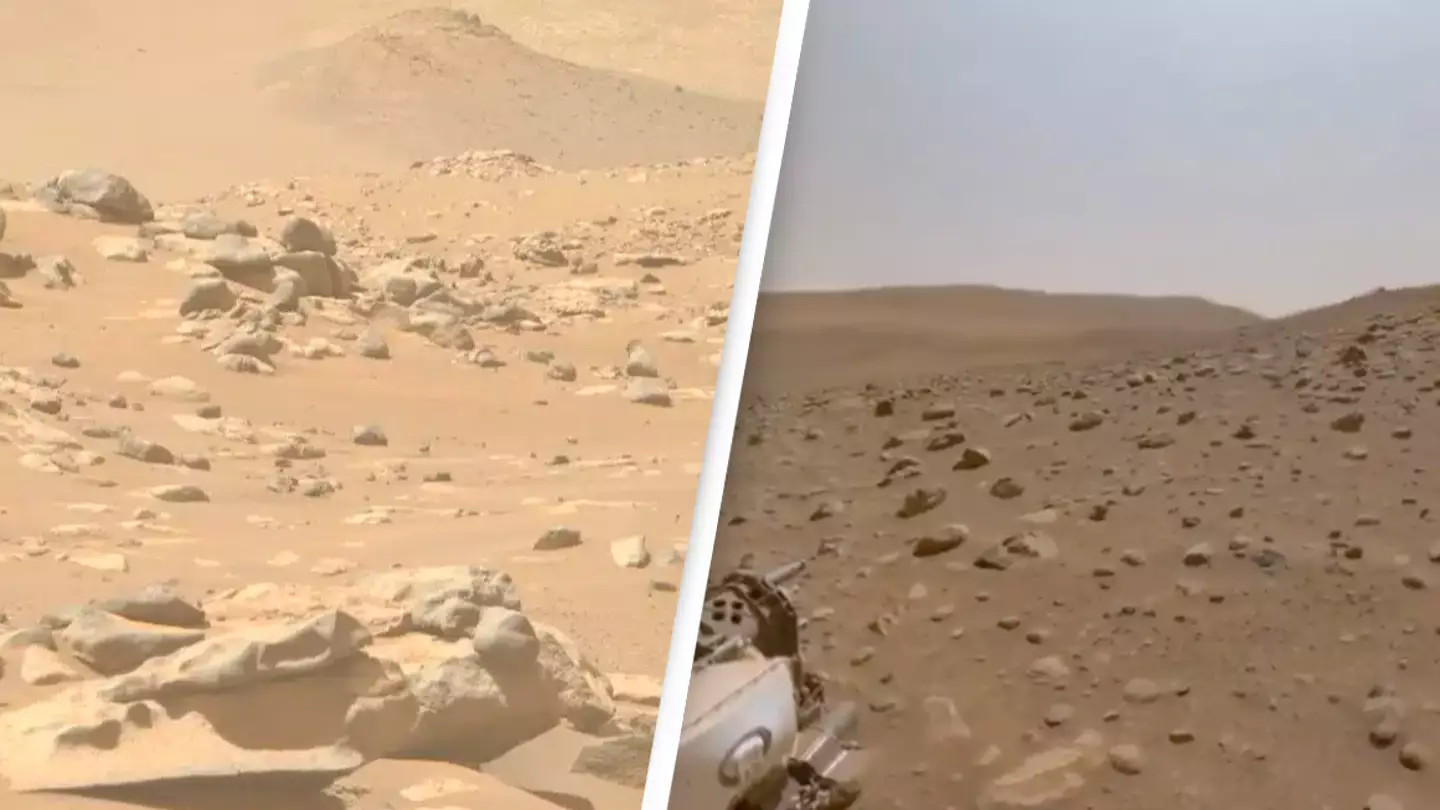
It turns out Mars and Earth have more in common than some might have expected.
Earlier this month, NASA’s Perseverance rover discovered ‘potentially habitable conditions’ on the Red Planet.
Perseverance left Earth back in 2020 and landed on Mars in February the following year.
Scientists have since been looking closely at the 28-mile-wide Jezero Crater.
“The delta deposits in Jezero crater contain sedimentary records of potentially habitable conditions on Mars,” part of the recent study revealed.
“From orbit we can see a bunch of different deposits, but we can’t tell for sure if what we’re seeing is their original state, or if we’re seeing the conclusion of a long geological story,” planetary scientist David Paige, from the University of California, Los Angeles, went on.
Perseverance has been taking images and footage of Mars while exploring the planet and sending them back down to Earth.
In some images recently acquired by NASA and shared to its website, you’ll notice that some parts of Mars don’t actually look that different to Earth.
There are over 70 deserts on our planet, some of which have uncanny resemblances to the Red Planet.
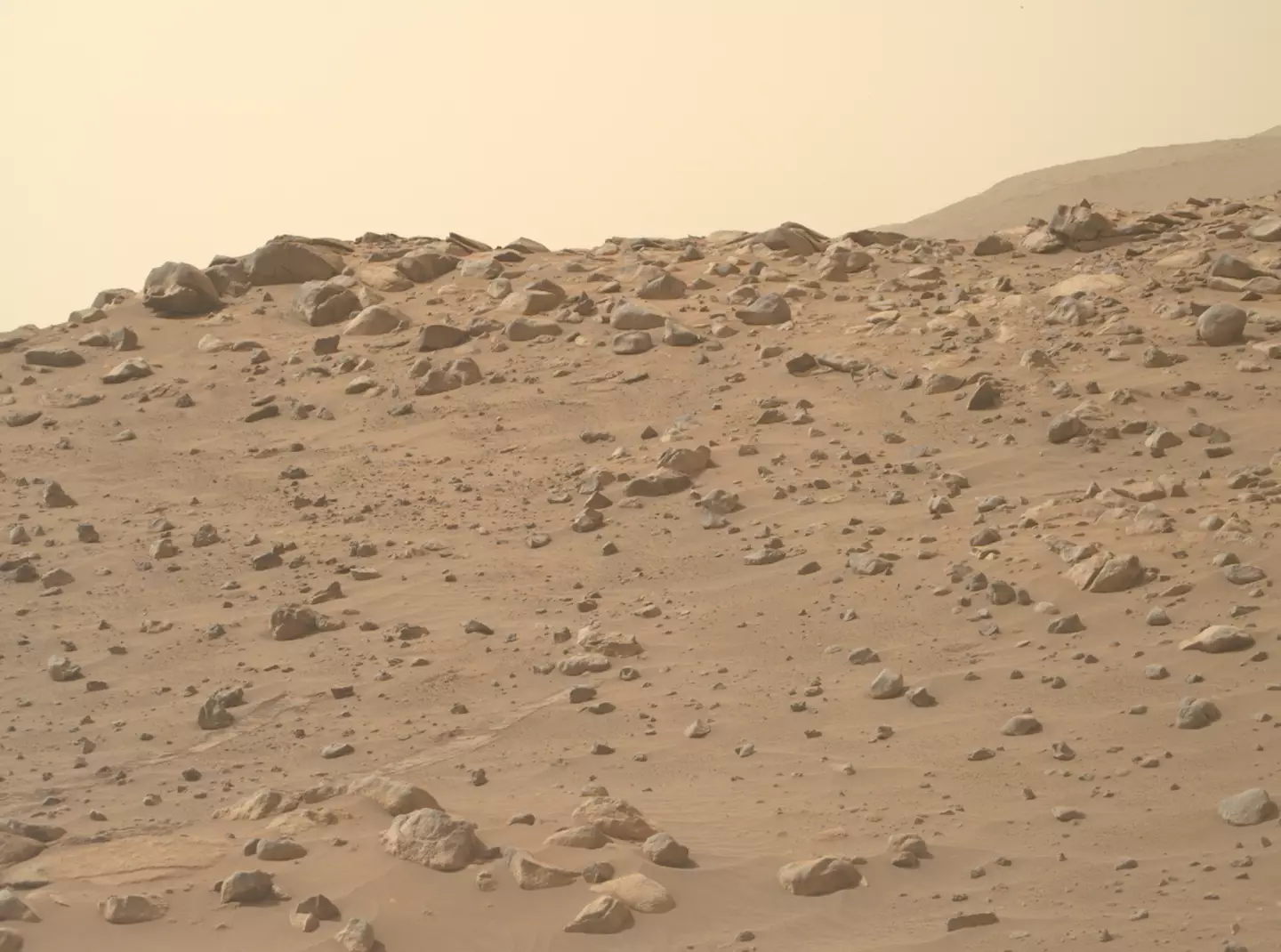
NASA
Footage of Mars has been shared on social media of late, and some people voiced their thoughts on it looking similar to some parts of Earth.
“NASA has a satellite in Mars and mars looks just like earth…..aliens in the mall in Miami…..only a matter of time and that’s all imma say [sic],” one person wrote last month.
“Looks like Egypt,” said another, while a different person compared it to Arizona.
Someone else went on: “Looks very much like parts of planet Earth!”
Well, Mars actually has quite a lot in common with Earth.
Both planets have around a 24 hour day, season weather patterns, and the likes of volcanoes and canyons.
Some people might hope that Perseverance is on Mars in a bid to find life on the planet, but it’s actually there to find signs of any former life.
“Scientists don’t expect to find living things currently thriving on Mars,” states NASA’s website.
“Instead, they’re looking for signs of life that existed long ago, when Mars was warmer and covered with water.”
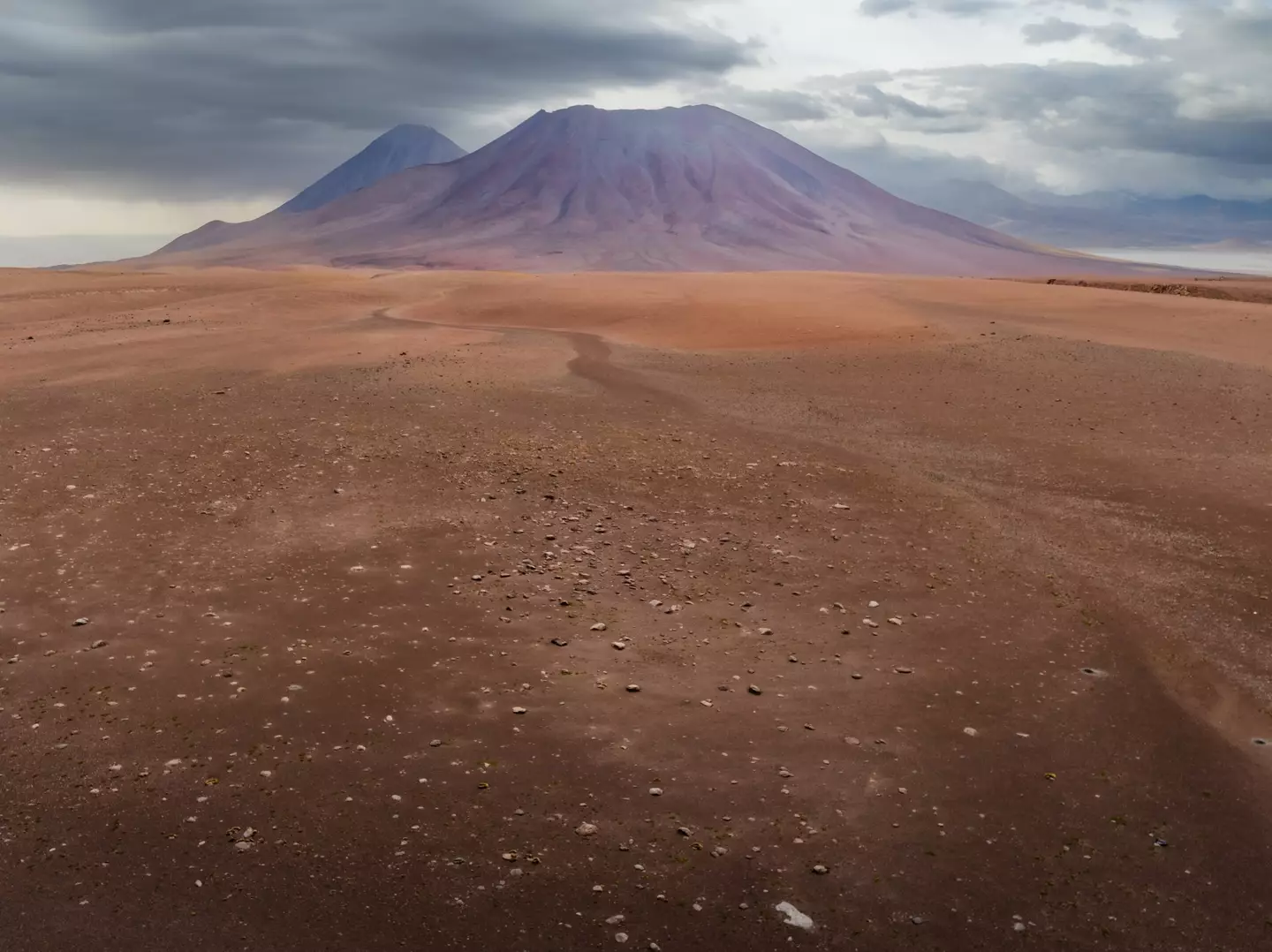
Posnov/Getty Stock
While we’re not expecting to move over to Mars to set up shop anytime soon, some astronauts at NASA are currently living in a Mars simulation.
The CHAPEA A (Crew Health and Performance Exploration Analog) crew – made up of four people – are doing the experiment in Texas, which began in June 2023.
The team will be living in the simulation for a whole 378 days.
In a statement released at the start of the experiment, NASA said: “We’re really looking at how the crew performance and health changes based on realistic Mars restrictions and lifestyle of the crew members.
“So the lifestyle is what we’re trying to simulate by setting up a realistic environment and workload for the CHAPEA crew.”
Featured Image Credit: NASA
Topics: NASA, Science, Space, Mars, Social Media
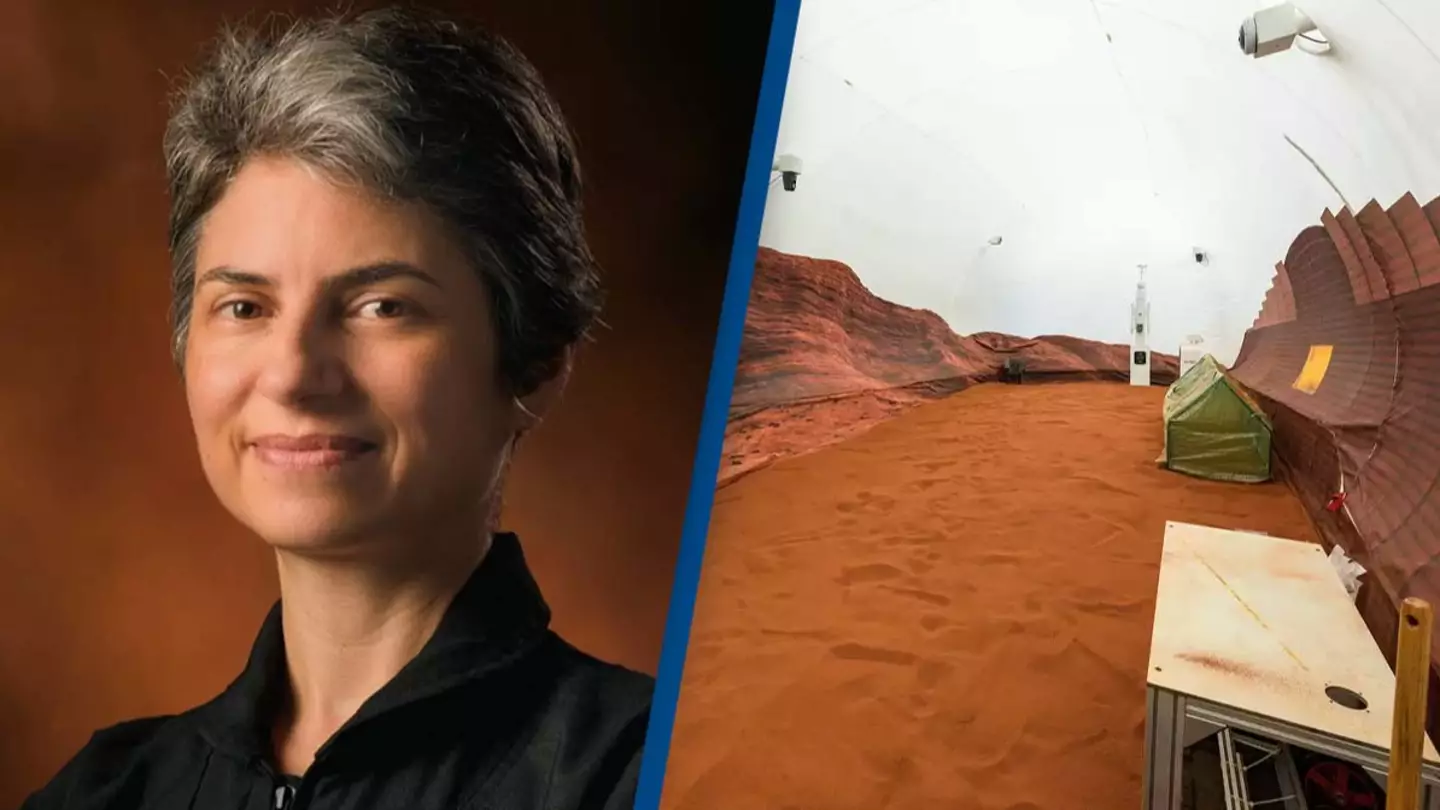
A scientist working with NASA is optimistic about humanity colonizing Mars as she shared what it will likely be like.
Now don’t worry you haven’t missed one of the most important moments of the 21st century… humanity hasn’t ‘technically’ taken its first steps on Mars just yet.
But US navy microbiologist Anca Selariu spent a year on the closest thing we have to living on the red planet.
Isolated for 378 days with three other scientists, Selariu had some fascinating insights into what it was like.
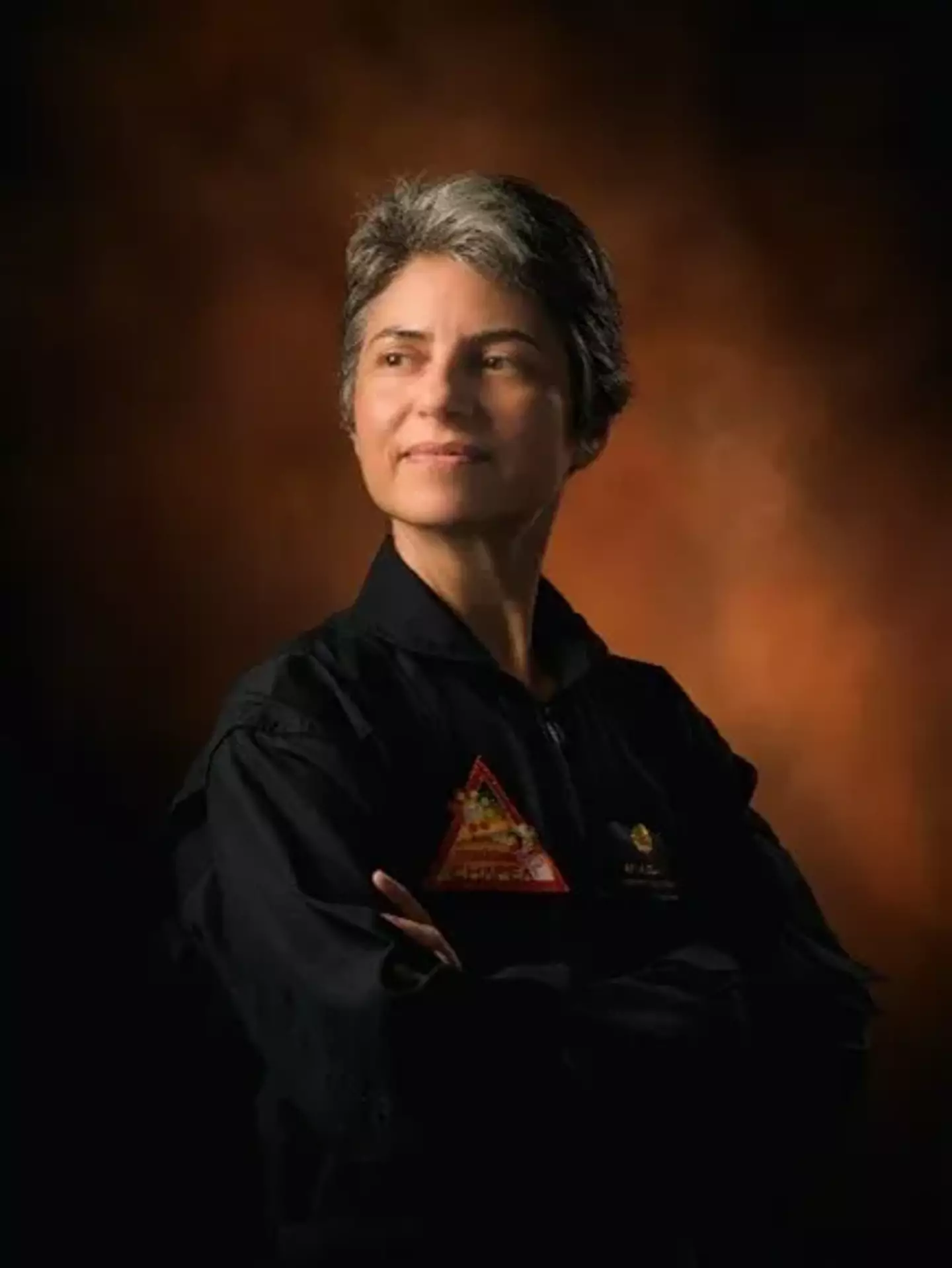
Anca Selariu is thankful her work will help contribute to our eventual first steps on Mars. (NASA)
So where has she been? Well, Selariu and her crew mates were locked inside NASA’s Mars Dune Alpha. It’s essentially a 1,700 sq ft 3D-printed habitat at NASA’s Johnson Space Center in Houston built to replicate the living conditions of Mars.
The habitat was made as realistic as possible and includes a greenhouse, medical area, exercise equipment and a lounge, as well as a small private bedroom for each of the volunteers, two bathrooms and a small ‘outdoor’ enclosure with red sand.
During the time on the habitat, she and her crew mates would regularly be tested for their reactions to simulated emergencies and stressors, equipment failures, resource limitations and intensive workloads to top it off.
Speaking about her experience with The Guardian, she said: “To me personally, it was such a joy to see and touch a living, green thing, because that is something that you miss the most while you’re away from Earth.
“My connection to Earth, and the deep feeling of being a true Earthling, a living entity from the planet Earth, you really feel it very deeply into your core and you really understand what that means and how incredibly important that connection really is.”
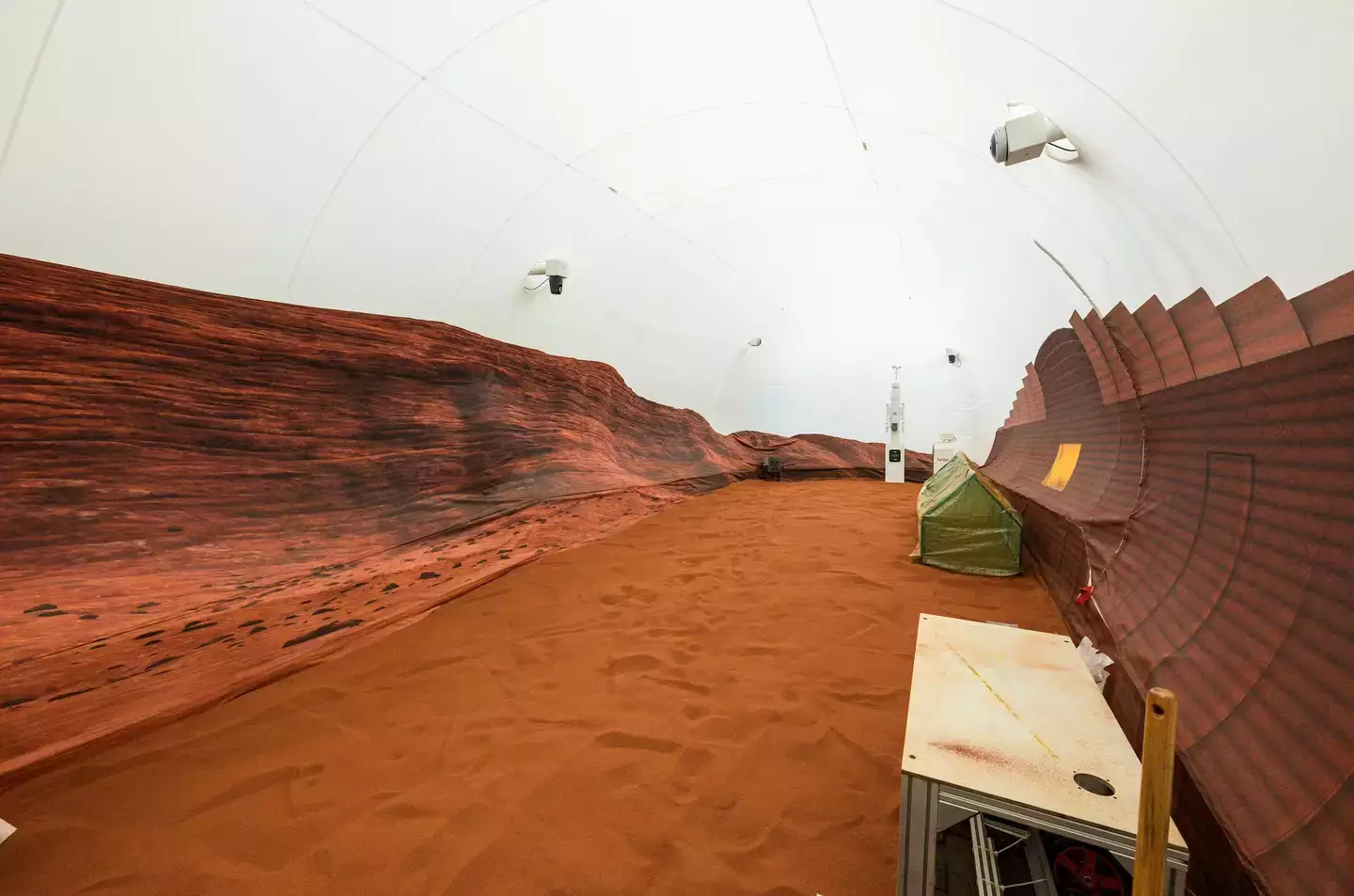
Looks pretty Mars-esque to me. (NASA)

Inside NASA’s Mars Dune Alpha (Twitter/@NASA_SLS)
Selariu also said she expects humanity to reach Mars in her lifetime and is proud in the work she has done to contribute to this eventual feat.
“Humans will be getting to Mars at some point in the future, and just the opportunity to participate in any way one can to help that happen, hopefully in our lifetimes, is beyond compare,” she said.
“I am truly in awe of everything, all the efforts that I’ve witnessed to make this dream a reality for all humans. And yes, I’ll be celebrating when we see the first step on Mars, knowing I contributed. It was an incredible honor and absolutely exhilarating.”
Featured Image Credit: NASA
Topics: NASA, Mars, Earth, Space
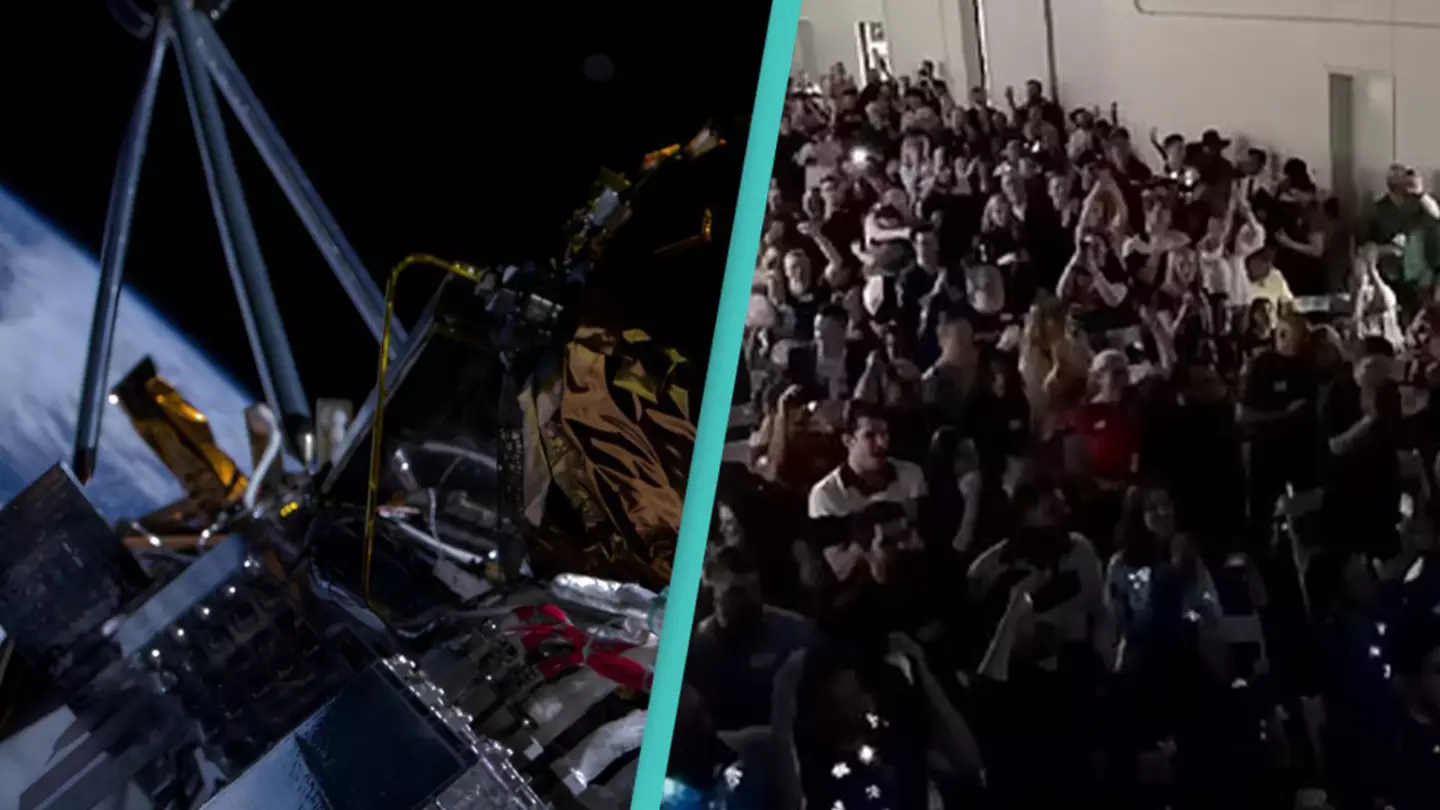
Odysseus, an uncrewed spacecraft, has successfully landed on the moon.
This is the first time a US spacecraft has successfully touched down on the moon since the Apollo 17 landing back in December 1972.
On Thursday (February 22), the six-legged unmanned robot landed at 6:24pm ET at a crater called Malapert A, near the lunar south pole, having slowed down from 6,500 kph (4,000 mph).
Many anxiously tuned in to NASA TV as Odysseus, which was built by Houston-based Intuitive Machines with funding from NASA, softly hit the surface after circling the moon around 57 miles above the surface.
In a video shared by NASA, the employees of the Scorpius Space Launch Company (SSLC) and their families are seen watching the landing from Torrance, California.
The spacecraft used next-generation fuel tanks from SSLC for the mission.
After hearing news of the touchdown, the employees are seen cheering and clapping with excitement.
“Houston, Odysseus has found its new home,” said mission director Dr Tim Crain shortly after confirmation of the signal.

NASA
“I know this was a nail-biter, but we are on the on the surface, and we are transmitting,” Intuitive Machines CEO Steve Altemus said. “Welcome to the moon.”
NASA Administrator Bill Nelson was quick to congratulate those involved in the mission.
“Today, for the first time in more than a half century, the U.S has returned to the moon,” he said.
“Today, for the first time in the history of humanity, a commercial company, an American company, launched and led the voyage up there.
“And today is a day that shows the power and promise of NASA’s commercial partnerships.”
Nelson concluded: “What a triumph! … This feat is a giant leap forward for all of humanity.”
The White House’s official X account wrote: “Go Odysseus! We’re over the moon about the U.S.’ first lunar landing since 1972!
“Congrats to @Int_Machines and @NASA’s CLPS!
“As @POTUS says, ‘With science, hope, and vision, there’s not a damn thing we can’t do as a country’.
“Welcome to the moon.”
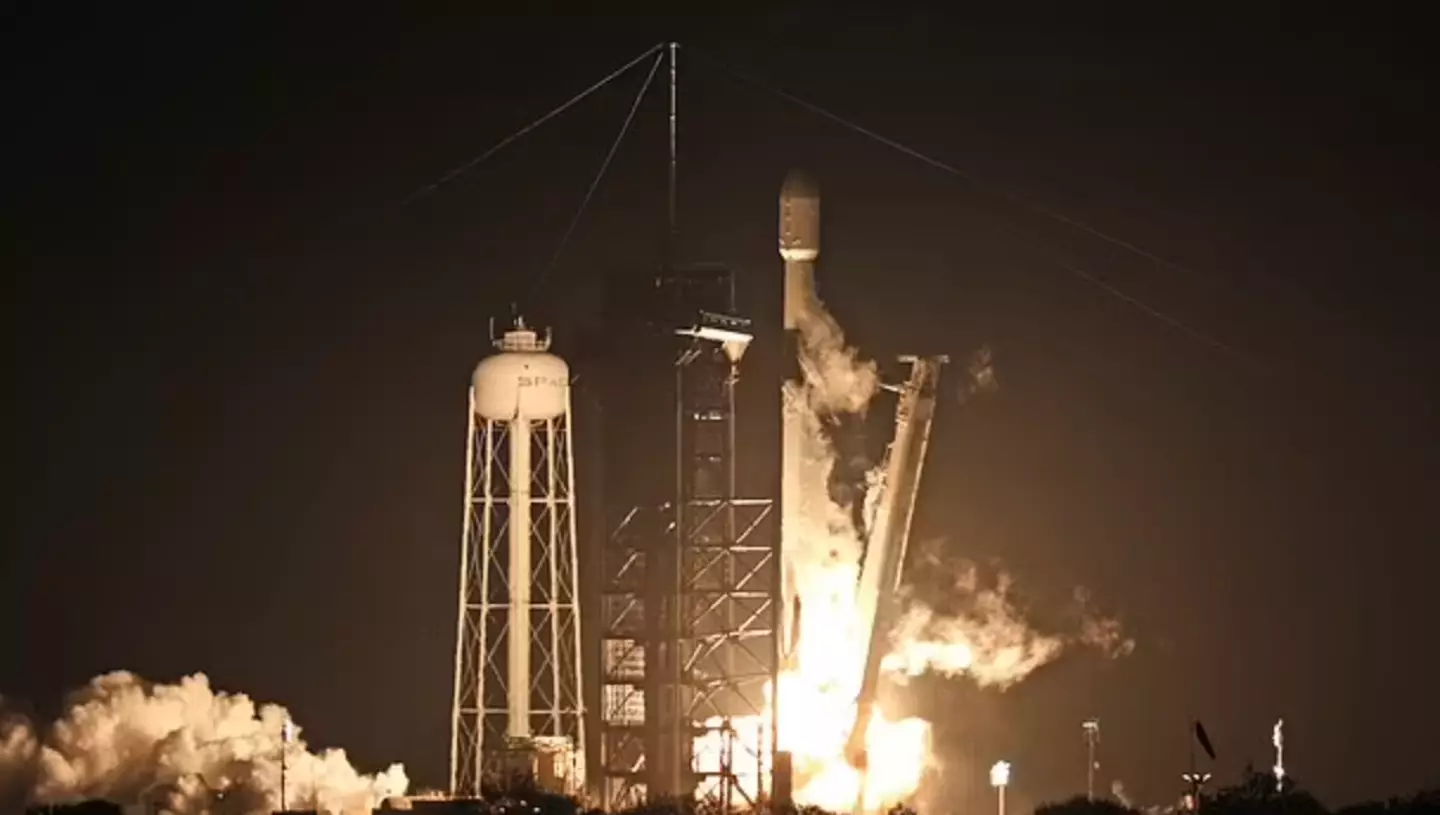
AFP/Getty images
Odysseus will now work to collect data on space weather interactions to the moon’s surface, radio astronomy and explore aspects of the lunar environment.
Odysseus, ‘Odie’ for short, made the journey to space on February 15 from NASA’s Kennedy Space Centre and was launched by SpaceX Falcon 9, a company owned by Elon Musk.
“Godspeed, Odysseus. Now let’s go make history,” said Trent Martin, Vice President of Space Systems for Intuitive Machines.
“There have been a lot of sleepless nights getting ready for this,” Altemus said before take off.
Featured Image Credit: X/billnelson
